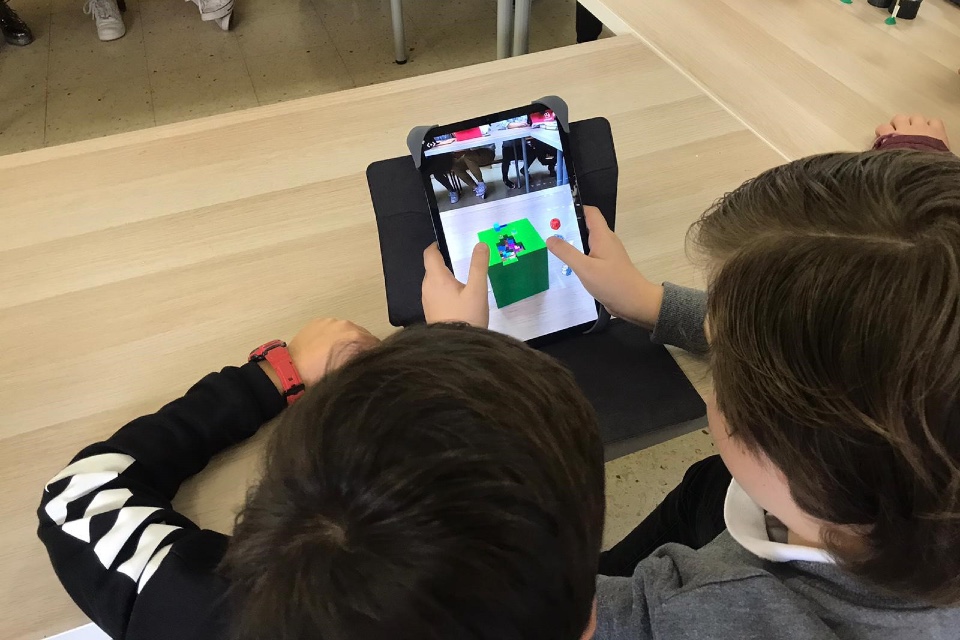Just 9% of UK schools are classified as being digitally mature, while nearly one-third (31%) have put a few fundamentals in place necessary to embed digital technology within their school (low digital maturity).
That’s according to a Department for Education (DfE) report ‘Exploring digital maturity in schools’, which highlights that the majority (60%) were somewhere in the middle in terms of their digital maturity journey. This, it says, indicates that there is some distance to go before schools are making the best use of technology available.
Furthermore, the metric developed from this survey did not provide clear evidence of the relationship between schools’ level of digital maturity and pupil attainment. Statistical analysis has identified some confounding variables, such as pupil characteristics, which are likely to have a stronger association with pupil attainment than the digital maturity pillars within the metric2.
In addition, the interviews with schools identified other factors at play, such as, funding levels, senior leadership buy-in, ability to enthuse and encourage staff, and training and development. Whilst the metric used in this research has been a useful tool to assess schools’ progress towards digital maturity, there were methodological limitations and as such, further research which is specifically designed around exploring this concept and constructing a measure of digital maturity that is both valid and reliable, would ensure that digital maturity is comprehensively defined and measured.
The Education Technology Survey (EdTech) 2020-21 (published in June 2021) aimed to establish the current state and use of technology across schools in England. The Department for Education (DfE) commissioned CooperGibson Research (CGR) to conduct further exploratory research using the survey data.
The primary aim of this research was to use the Education Technology Survey 2020-21 data to establish a hierarchy of technology use in schools, as an indicator of their digital maturity. This metric was then used to investigate the relationship between digital maturity and attainment.
To understand schools’ experiences of technology use in more depth, qualitative research with a small number of survey respondents was also undertaken, exploring the reasons for schools’ use of technology, and the barriers and enablers to using technology in school.






Leave a Reply